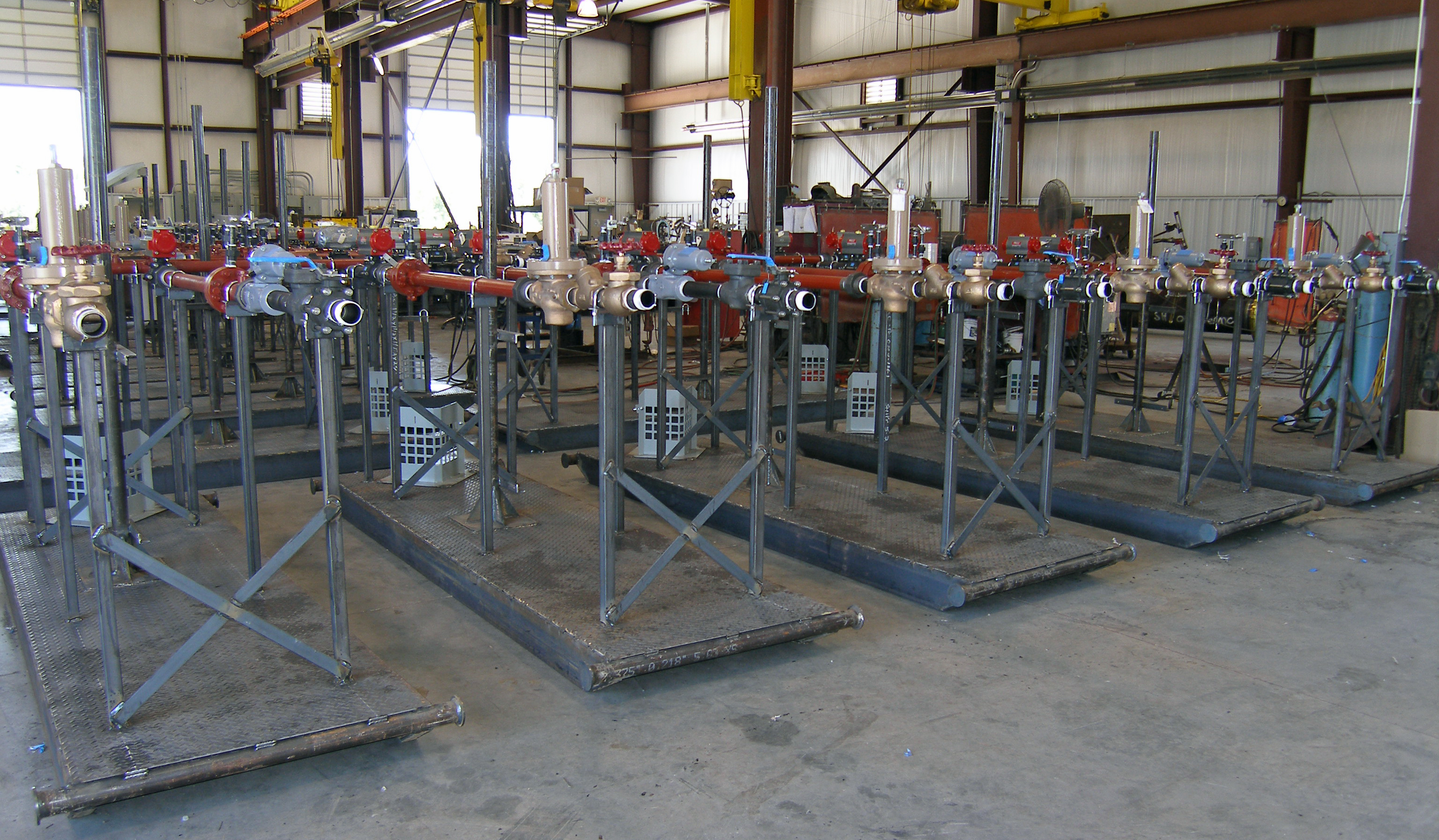Estimating pressure drop across strainers?
Weamco has pressure drop charts and graphs available for a variety of our strainers. (Please see specific strainer on web site or feel free to contact us at your convenience.)
The information on our charts and graphs is a combination of substantial engineering and a vast amount of actual experience.
In regards to estimating pressure drop across a clogged strainer, Weamco is very cautious and we typically resist engaging in this practice due to our many years of experience. Although there has been an attempt by many to estimate this scenario i.e., pressure drop of a clogged basket, we know from actual test results that the actual area clogged can have a significant influence to the flow and resulting pressure drop results. With this in mind since there is no way to know the pattern of the clogging of a basket at any given time, it is very difficult to accurately estimate the affect to pressure drop.
Still have questions? Contact Us or Find a rep near you!

